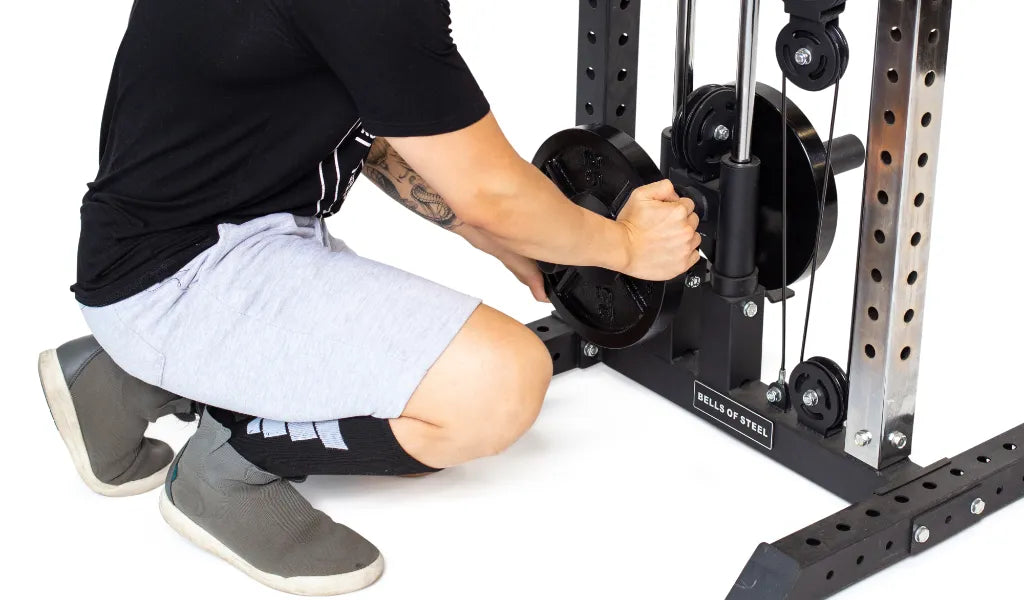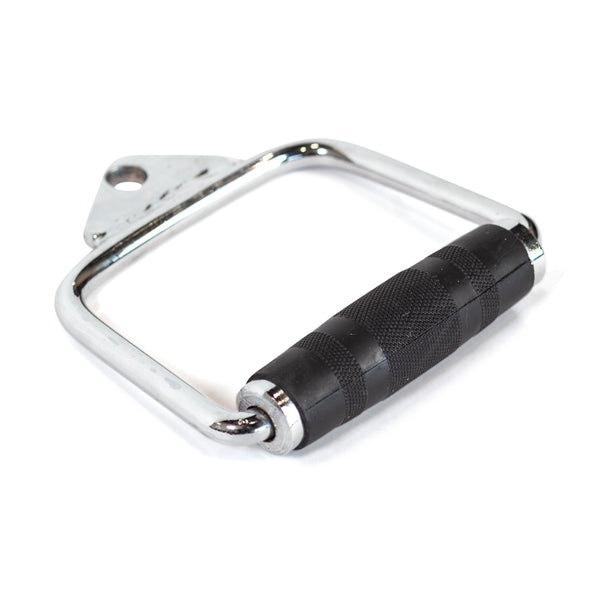Ever find yourself staring at your cable machine, wondering if you can use it to deadlift your way to glory? Well, ponder no more! We're about to dive into the world of cable deadlifts, uncover the variations you can try, and highlight the benefits of this versatile exercise. So grab your favorite protein shake, and let's get lifting!
Can You Deadlift with Cables?
Short answer: Yes, you can! Deadlifting with cables is not only possible, but it also offers a unique twist on the traditional deadlift. Cable deadlifts engage your muscles differently due to the constant tension provided by the cable machine. This can help in improving your form, enhancing muscle activation, and offering a safer alternative for those with lower back issues.
Different Types of Cable Deadlifts
Standard Cable Deadlift
Start with the basics. Attach a straight bar to the low pulley of a cable machine. Stand with your feet hip-width apart, hinge at your hips, and grab the bar. Stand up straight, pulling the cable up with you while keeping your back neutral and your core engaged. Lower back down with control.
Single-Leg Cable Deadlift
Talk about a balance challenge! Attach a single handle to the low pulley. Hold the handle in one hand, stand on the opposite leg, and perform a deadlift. This variation targets your hamstrings, glutes, and core while also improving balance and coordination.
Romanian Cable Deadlift
Focus on those hammies! Attach a bar to the low pulley, stand with feet hip-width apart, and hold the bar in front of your thighs. Keep your knees slightly bent, hinge at your hips, and lower the bar down your legs until you feel a stretch in your hamstrings. Return to standing and squeeze your glutes at the top.
Cable Pull-Through
The cable pull-through is a fantastic exercise that mimics the hip hinge of a deadlift. Attach a rope attachment to the low pulley. Stand with your back to the machine, feet shoulder-width apart, and grasp the rope between your legs. Hinge at your hips, letting the rope pass through your legs, then thrust your hips forward to return to standing. This move targets your glutes and hamstrings while also working your lower back.
Benefits of Cable Deadlifts
Constant Tension
Cable machines provide constant tension throughout the movement, which can lead to increased muscle activation and better overall strength gains. This continuous resistance challenges your muscles in ways free weights might not.
Improved Form and Safety
The cable machine guides your movements, making it easier to maintain proper form. This can be especially beneficial for beginners or those recovering from injuries. The guided movement helps reduce the risk of improper form, which is a common cause of injury in traditional deadlifts.
Versatility and Variety
Cable machines allow you to perform a wide range of deadlift variations that target different muscle groups. This versatility can help prevent workout monotony and ensure you're hitting your muscles from all angles.
Can Cable Pull-Throughs Replace the Deadlift?
Cable pull-throughs are an excellent exercise, but can they fully replace the deadlift? Not quite. While they do target the glutes, hamstrings, and lower back, traditional deadlifts engage more muscles overall, including the upper back, traps, and forearms. However, if you're looking for a safer, lower-impact alternative to deadlifts, cable pull-throughs are a fantastic addition to your routine.
FAQs About Cable Deadlifts
Q: Are cable deadlifts as effective as traditional deadlifts?
A: Cable deadlifts are effective, but they offer a different type of resistance and muscle engagement compared to traditional deadlifts. Both have their benefits and can complement each other in a well-rounded workout routine.
Q: Can beginners start with cable deadlifts?
A: Absolutely! Cable deadlifts are great for beginners due to the guided movement and reduced risk of injury. Just start with a lighter weight to master the form before increasing the load.
Q: How often should I incorporate cable deadlifts into my routine?
A: Aim to include cable deadlifts 2-3 times a week, depending on your overall workout plan and goals. Mixing them with traditional deadlifts can provide a balanced approach to strength training.
Conclusion: Cable Your Way to Gains
So, can you deadlift with cables? You bet your glutes you can! Cable deadlifts offer a versatile, effective, and safer alternative to traditional deadlifts. With various types of cable deadlifts and the benefits they provide, your home gym routine just got a whole lot more exciting. Give them a try, and watch those gains roll in!



